Finding Stillness in What Flows Both Ways
I recently moved into an apartment that is perched above the mighty Hudson River just north of New York City.
The river is about a mile wide where we sit and the mesmerizing fluid expanse often makes me drop whatever I’m busy with in favor of observing the tides, drifting clouds and, with autumn, the changing leaves.
I previously lived in northern California and I used to say that I lived on Tree Time. Surrounded by so many redwoods, I couldn't help but consider life in 1000-year increments.
But I now seem to be on Sky Time and River Time, learning an entirely new language.
My dining room table looks out upon the Hudson and it’s my new favorite spot to meditate.
The Hudson was originally named Mahicantuck, “the river that flows both ways,” by the native Lenape to describe how the saltwater from the ocean at New York harbor mixes with fresh water from tributaries as far as 150 miles north.
The varying tidal flows are part of what make the river so captivating.
I was recently meditating, noticing the direction of the tides, when seemingly out of nowhere tears suddenly sprang to my eyes.
This happens sometimes.
I’ll be sinking beneath the chatter of my mind and settling into deeper, quiet places when a painful thought or feeling will push its way to the surface. A memory might bubble up or an unrelenting expectation about who I “should be,’ or a fear about the state of the world.
The flood of emotion can take me by surprise, like bumping into something unexpected when walking in the dark.
In the silence of the morning, as I let the tears roll down my cheeks, a boat came into view heading south toward New York City. The river is a surprisingly busy thoroughfare of barges and container ships, fishing boats, sail boats and sometimes ferries.
My tears were rolling, the river was flowing and the boat was clipping along.
But then the boat seemed to slow to a stop in line with where I sat and, almost imperceptibly at first, it started to turn toward me.
Over the course of many minutes the bow swung a long arc, as if changing direction.
The direction of my sadness changed, too, and I became riveted by what this boat might be doing.
How come it didn’t drift with the south-moving tide? Had it dropped anchor? There is no marina where I live and I’ve never seen a boat stop smack in the middle of the river, so what was it up to?
This turn felt somehow connected to a turn within me, to a turn in the world. The moment held a confluence of the rush of forward motion, how much energy it can take to stop, what it means to change direction.
The question—where are we heading?
When the boat was almost fully facing north, I felt a flush of relief that it would finally move on again and waited in eager anticipation to see it finally start to pick up speed.
But the boat didn’t head north. It simply faced in its new direction and sat stationary.
And I thought, “Huh. Isn’t that just it?”
So much happens in the turn.
It can be important to sit before we move on.
Stillness can be motion, too.
This is as true in life as it is in meditation as it is in writing.
We’ll explore the explosive power of these moments in my upcoming workshop Mining for Gold: A 5-Week Writing Workshop to Unearth Hidden Narratives to discover:
What stories have been driving you?
What anchors you in the midst of a turn?
What new story wants to be told?
I hope you'll either join my there or leave a comment below and let me know: what is true for you?
